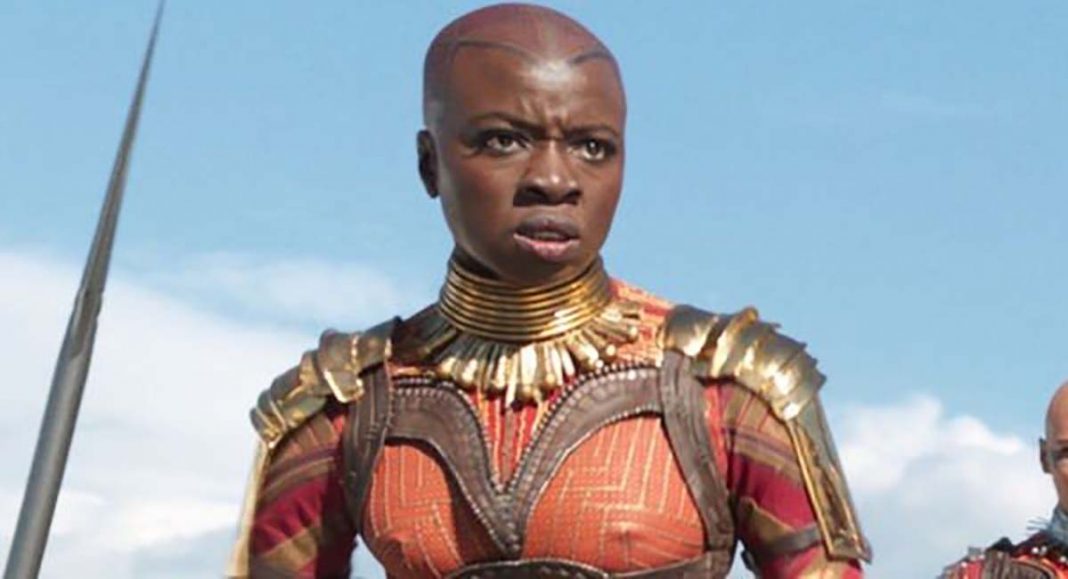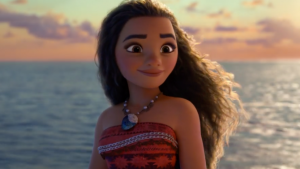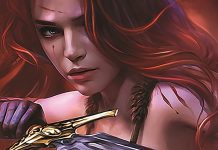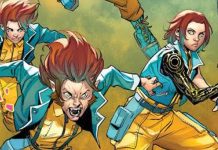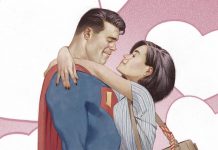There are a lot of women in comics and pop culture, but does every heroine really depict a well-rounded, fully formed character? Or is she a plot point? A stereotype only there to push her male counterpart ahead? That is what was discussed in The Most Dangerous Women at Comic-Con: Building a Better Heroine panel at San Diego Comic-Con at Home on Thursday evening.
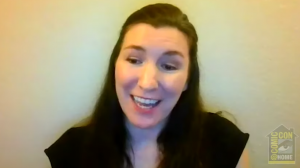
Moderator Katrina Hill (Action Movie Freak, 100 Greatest Graphic Novels) led the chat that included Charlie Jane Anders (Victories Greater Than Death, co-host of Our Opinions Are Correct podcast), Tamara Brooks (writer for DC Universe, host of Tales from the Tapes podcast), Dani Fernandez (host of Nerdificent podcast, Girls on the Bus), Hanh Nguyen (Salon’s Senior Culture Editor, Television Critics Association board member), and Diya Mishra (Masters of the Universe: Revelation).
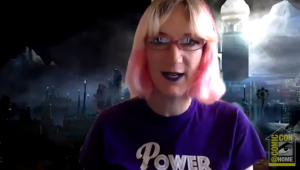
All of the panelists offered their own perspectives on female and non-binary representation in media, mostly agreeing that while there has been a concerted effort to create more dynamic characters, there are some old fashioned character-building techniques and tropes that still creep up.
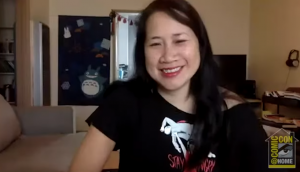
Characters named that they felt were fully developed and didn’t fall into the usual traps were the women of Black Panther, specifically Okoye, as well as Furiosa from Mad Max, and Birds of Prey (particularly Huntress).
Brooks explained, “They’re flawed. They’re allowed to be violent. And particularly Huntress, who is just this murderous woman on a mission who is also just the most awkward person ever and just wants friends. Just delightful murder friends.”
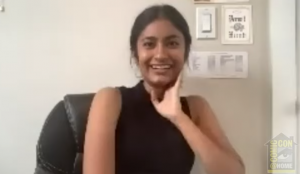
Mishra added, “I would say Mako Mori from Pacific Rim. I like that the movie’s emotional arc actually belongs to her and she’s the one that we see grow. And Peggy Carter from the TV show.”
Other notable names included Ahsoka Tano of Clone Wars, Moana, Sailor Jupiter, and Fleabag as well as Bulma from Dragonball Z, who as Fernandez points out, is the reason the whole show exists.
“I think she gets written off a lot as being the sexy boy crazy character. But she is the smartest person in that entire show,” the writer explained. “That show doesn’t exist without her. She literally created the Dragonball radar so they can find the dragonballs. She created the time machine to save everybody who died from the androids. She created an antidote to save Goku, who was the strongest character in there because he dies from heart disease. The show doesn’t exist without her and nobody pays attention to that. But she’s also a mom. When people say feminism and they’re like, oh, but she’s in love with a guy. So she’s not a feminist. I really hate that.”
So what are the tropes that we’re tired of seeing?
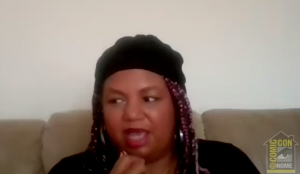
Well, there are the females obsessed with their own breasts and cultural stereotypes like the Latin maid. There are the women who come off as strong but end up needing help from a male companion, which is why Moana was repeatedly named as innovative.
“She got basically no help,” Brooks said. “She had the ocean. But of her two animal companions, she got the dumb one. Like, literally no help..And it was a lesson in self-reliance.”
Another trope that seems to reappear constantly is the “wet blanket” mom so that the “dumb dad” (Peter Griffin, Homer Simpson) can be the funny one. The panelists agreed that it’s time for women to be the funny ones and deliver the punchlines. Even Gamora was pushed to the corner of Guardians of the Galaxy 2 as the nagging mom character so that the boys could be funny, as pointed out by Brooks.
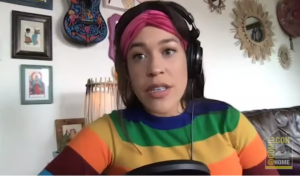
Fernandez chimed in, “And the men get to be silly and fun and goofy, and I’m like, I’m silly and fun and goofy, let us play. Make the man the wet blanket.”
Fridging, which is killing or harming a character to drive another one, of course, is still an issue, and one of the biggest disappointments, according to the panelists, is Vanessa in Deadpool 2.
“I was actually most shocked that it happened in Deadpool 2 because the first movie was good about building her as a character and making her an actual three-dimensional human. And I was very confused,” said Brooks.
To watch the full panel, click here.
Miss any of our other SDCC 2020 coverage? Click here for much more!


